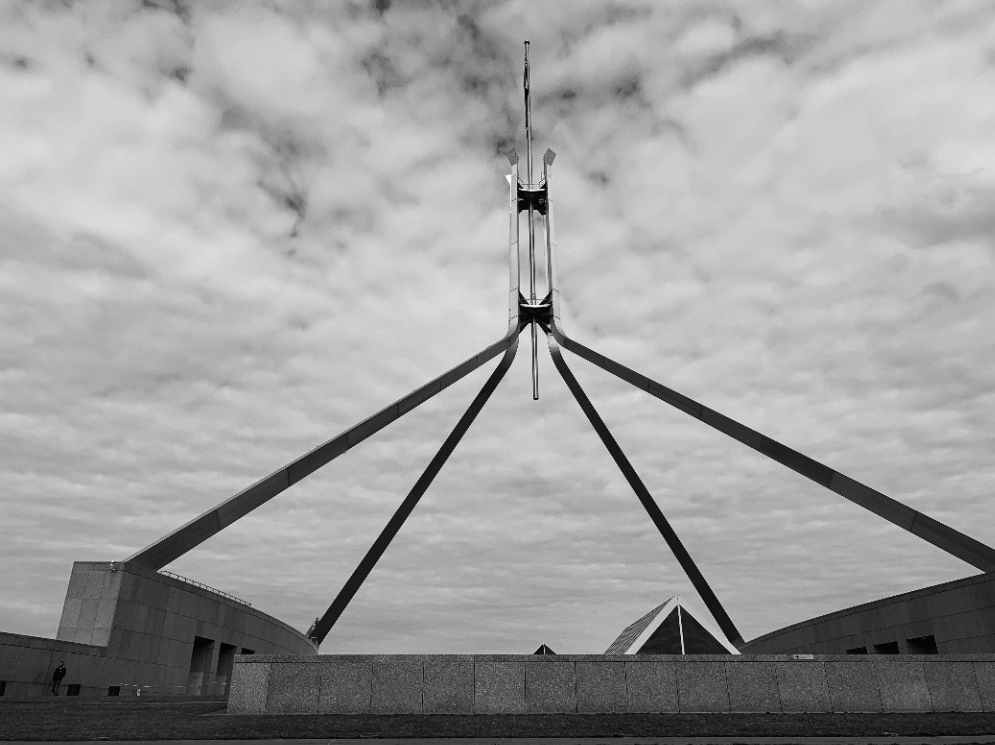The world of media is forever evolving as hunger for news fluctuates, technology advances, and media outlets consolidate and find new ways to engage us.
Where once there was simply print newspapers, TV and radio, the shift to digital platforms and consolidation of media ownership has changed the way we access and perceive news, how media outlets profit, and how they separate themselves from less trusted material. Regulatory bodies have also had to adapt rules to suit modern media and help maintain their integrity and sustainable future.
In the world of PR, it pays to stay across these changes to understand how they affect your brand and ensure your message remains relevant.
The AI effect
Artificial intelligence (AI) has been one of the most talked about new developments, with many media outlets using it to personalise news feeds and viewing recommendations, and write content, summaries and headlines. In one case, West Australian fintech start-up Grafa replaced its news presenter with an AI anchor named Andy. Whether AI will help or hinder the industry is yet to be seen. Its use has put journalists and anchors on edge, and increased consumer concerns around trustworthy news sources.
According to the Australian Communications and Media Authority, Australians accessed less news in June 2024 than at the same time in the previous two years and they used fewer platforms when they did engage.1 As ethical debate over AI continues, many industry players are utilising AI efficiencies while others fight for better regulation to maintain media integrity.
The decline of print and regional news
Print and regional news have taken several big hits, with News Corp Australia closing or moving its community and regional mastheads online in 2020, and Australian Community Media (ACM) cutting eight regional mastheads in 2024.
The ACM cuts followed Meta’s announcement that it would not renew commercial deals with Australian news media companies signed under the News Media Bargaining Code of 2021. The code forced social media companies to give media outlets a cut in advertising revenue when their news appeared on social media platforms. As these deals expire and media outlets fold without the revenue they have relied on, communities are becoming more reliant on ABC coverage and small, independent news sources for local information.
The full Meta fallout
Half of Australians used social media to access news in 2024, with a quarter relying on it as their main news source.2 Meta’s decision not to renew commercial deals with media outlets when they expired in late 2024 removes Facebook and Instagram as an effective and profitable traffic source for Australian media, forcing outlets to rethink the way they reach audiences.
Those with resources will invest in SEO, email and direct traffic while smaller publishers are likely to struggle, potentially leading to more closures or further mergers. Many traditional publishers such as The Australian, Sydney Morning Herald and Australian Financial Review have embraced paywalls and subscription models to counter advertising losses.
Social media ban for under 16s
The Australian Government’s ban on social media for under 16s, set to take effect in December 2025, is designed to protect children from online harm such as bullying and addictive algorithms. With fines up to $50 million, it puts the onus on social media companies to keep kids under 16 off their platforms.
The ban will impact how under-16s access news – if at all. In 2024 two thirds of Australians using social media to access news were Gen Z (born 1996-2005), with Meta’s Instagram being the top choice for this age group (32%).3
What does this mean for public relations?
Changes in the media landscape, specifically the strain on budgets, drop in outlets and conglomeration of ownership could reduce opportunities for earned media coverage – ensuring that only the strongest stories get published in major news media. It means only the most talented PR teams with a specialty in major news coverage will get cut-through for the brands they represent.
At the same time, smaller publications will be eager for quality, ready-made material. Your public relations team should have a deep understanding of the types of news the various media outlets accept, and how your unique story and area of expertise might fit into their agenda or the current news cycle.
The Ideas Suite: Keeping the Australian media cycle rolling
At The Ideas Suite, we stay ahead of shifts in the media landscape to ensure our clients remain visible, relevant, and trusted in an evolving news environment.
Whether it’s taking on the challenges posed by AI, adapting to the fall of print and regional news, or finding new ways to engage audiences amid the Meta fallout, our team brings strategic insight and newsroom experience to every campaign.
We help brands craft compelling narratives that resonate with journalists and audiences alike — cutting through the noise, even in a consolidated and competitive media market.
If your business needs a PR partner that understands the pulse of Australian media and how to leverage it effectively, get in touch with us.
1 News media in Australia_Indicator 5_Key findings text and chart notes.pdf
2 Digital News Report: Australia 2024: AI, social media, misinformation and distrust – what the data tells us about the news landscape in 2024 – University of Canberra
3 Digital News Report: Australia 2024: AI, social media, misinformation and distrust – what the data tells us about the news landscape in 2024 – University of Canberra









